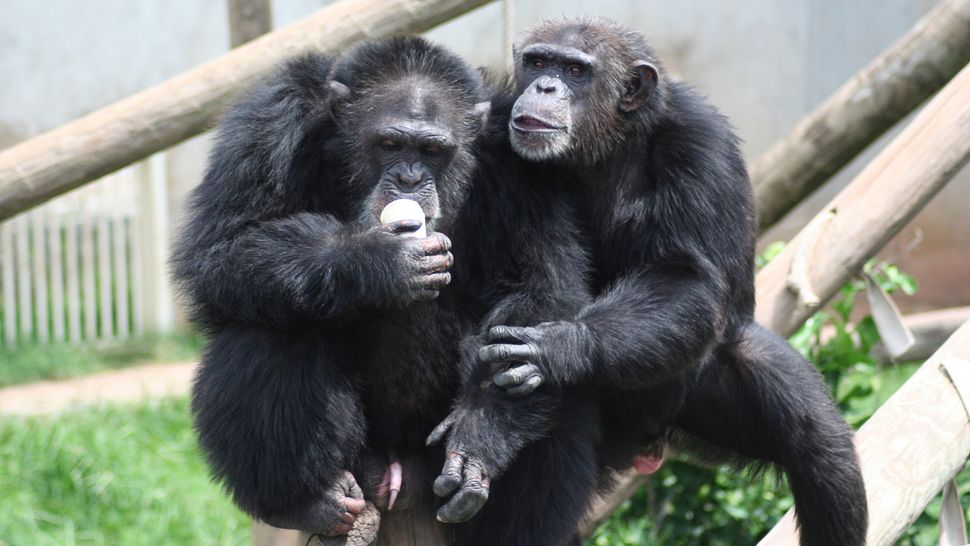Building blocks of language evolved before humans split from chimps and monkeys
By Mindy Weisberger - Senior Writer 18 hours ago
The ability to piece together relationships between word groups appeared at least 40 million years ago.

In acoustic experiments, chimpanzees demonstrated that they could recognize when "grammar" rules were violated.
(Image: © University of Warwick)
The building blocks of human language were around at least 40 million years ago, long before humans evolved, scientists have discovered.
Researchers recently found that humanity's last shared ancestor with great apes and monkeys — our closest primate relatives — had evolved the ability to detect relationships between groups of sounds, a foundational skill for understanding language, according to the new study.
Structurally, language is made up of sentences, and in a sentence, every word has meaning. But meaning also comes from grammar, or how the words are arranged. Being able to recognize and interpret relationships between phrases in a sentence is an important part of how our brains process language.
To explore the origins of that ability, researchers created an original "language" of audio tones in six acoustic categories, grouping the tones to form "sentences." They then tested humans, marmosets and chimpanzees to see if all three groups could recognize when the structure of a "sentence" was incorrect, and the scientists found "notable similarities" in all the primate subjects' responses, according to a new study.
More:
https://www.livescience.com/language-building-blocks-found.html
